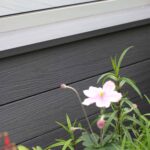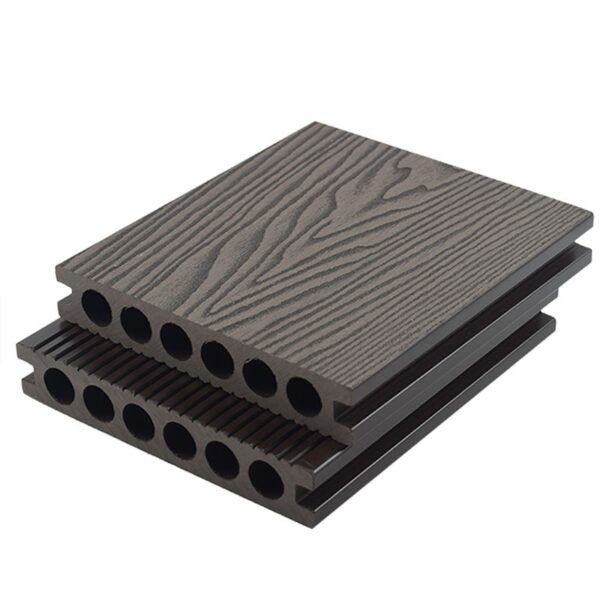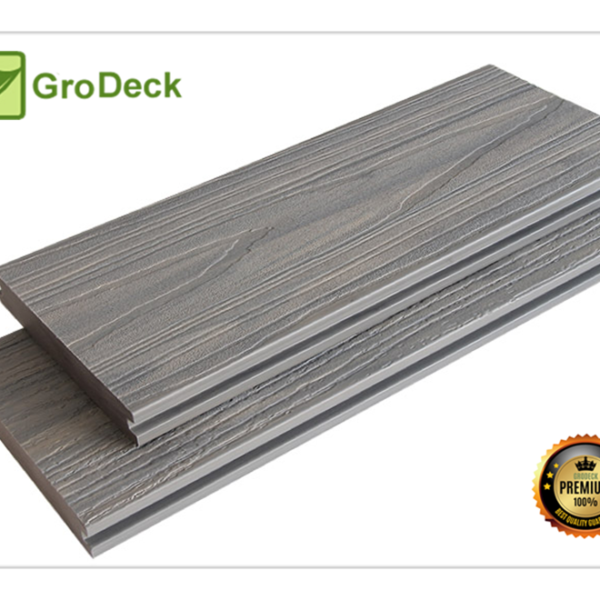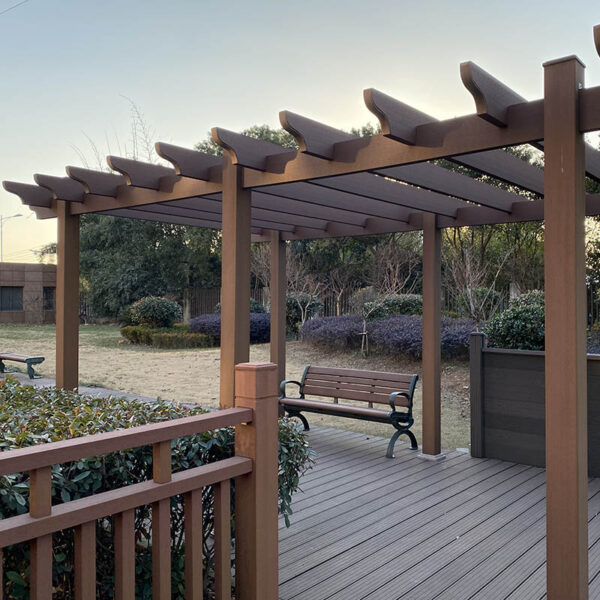3D Embossed Decking
Introduction
As the world increasingly embraces sustainable practices, WPC (Wood-Plastic Composite) outdoor building materials have emerged as an environmentally friendly alternative to traditional options. This blog post will delve into the environmental benefits of using WPC materials for outdoor construction.
Reduced Reliance on Natural Resources
WPC utilizes recycled wood fiber and reclaimed plastic, significantly reducing the demand for virgin timber and fossil fuel-based plastics. By choosing WPC, we can minimize deforestation and conserve natural resources.
Lower Carbon Footprint
Compared to traditional wood products, the manufacturing process of WPC generates lower carbon emissions. This is because WPC production consumes less energy and emits fewer greenhouse gases, contributing to a more sustainable building industry.
Extended Lifespan and Reduced Waste
WPC’s resistance to weathering, rot, and insect damage results in a longer lifespan compared to traditional wood. The durability of WPC materials reduces the need for frequent replacements, thereby reducing waste generation and promoting a circular economy.
Improved Indoor Air Quality
WPC materials do not contain harmful chemicals, such as volatile organic compounds (VOCs), which can adversely affect indoor air quality. By choosing WPC for outdoor construction, we can indirectly contribute to a healthier indoor environment.
Recycling and Reusability
WPC materials can be recycled and reprocessed, further reducing their environmental impact. At the end of their lifespan, WPC products can be transformed into new materials, reducing the burden on landfills and promoting a more sustainable waste management system.










No comment